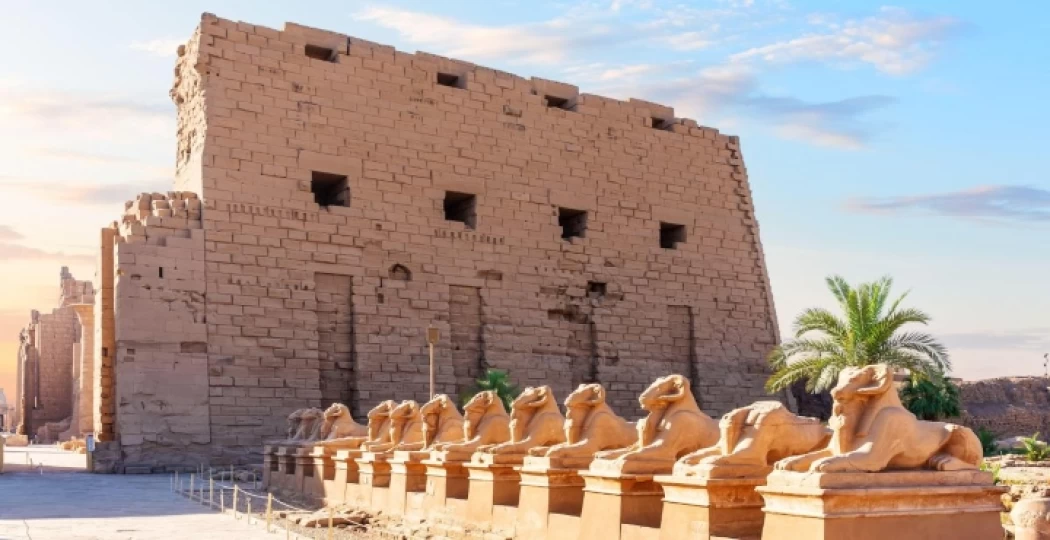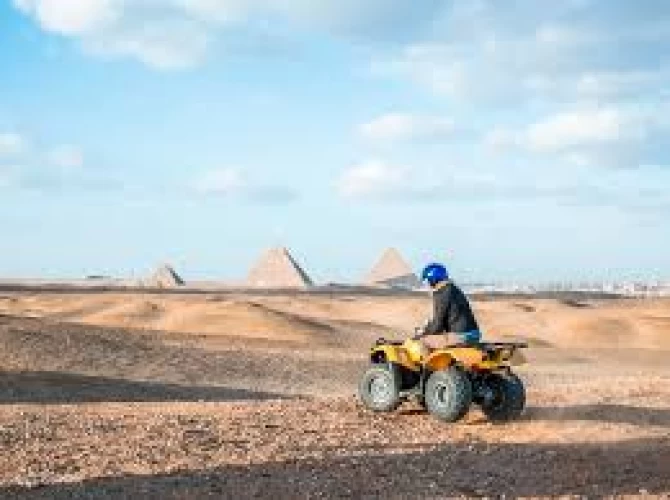
The Reviving of the Grand Avenue of Sphinxes (Rams Road)
The Reviving of the Grand Avenue of Sphinxes
The Road of the Rams is a major procession route for the kings of the pharaohs, and various festivals were celebrated inside it, including the feast of the “Opt,” the coronation of the king, and various national festivals coming out of it. A huge stone dam once protected the road from the western side of Luxor, the political capital of the New Kingdom (18th Dynasty) and the religious capital until Roman times.
The historic road of the Pharaohs was uncovered more than 72 years ago, and excavation work continued during the past period after a pause in 2011, and excavation and development work on the road returned in 2017, as it is one of the important elements of the UNESCO World Heritage Site of Thebes, which will make Luxor an open museum.
The excavation of the Kabash Road dates back to 1949, when Dr. Zakaria Ghoneim uncovered 8 Sphinxes, then Dr. Muhammad Abdel Qader 1958 - 1960 AD uncovered 14 Sphinxes, followed by Dr. Muhammad Abdel Razek 1961 - 1964 AD uncovered 64 Sphinxes, followed by the mid-1970s until 2002 AD by Dr. Muhammad Al-Saghir uncovered the road extending from the 10th pylon to the Temple of Mot and the adjacent road towards the Nile.
From 2005 to 2006, Mansour Breik re-excavated the rest of the road in the areas of Khalid bin al-Walid, Airport Road, and Al-Mathen Street, in addition to preserving the discovered monuments, raising them architecturally, and recording the soil layers to know the history of the Great Procession Road through the ages, which hinted at the idea of revitalizing the road.
Dr. Samir Farag, former governor of Luxor, adopted the idea of reviving the Kabash Road and turning Luxor into an open museum and was a factor in bringing the road to light through the bold decisions he made with the approval of the Council of Ministers in expropriating all lands and placing them under public benefit, which accelerated the wheel of work by harnessing all forces to facilitate the digging process.
In the Egyptian language, the Rams Road is called “Wat Nitr” meaning the sacred road or the road of the gods, then it was called “Ta Mit Rahant” meaning the road of the rams and from it came the word and name of the current village of Mit Rahina in the Giza governorate.
The ram statues were represented on a stone base consisting of four sandstone pillars, and each statue took the form of a lion's body and a ram's head representing the idol Amun-Ra. In Karnak Temple, the statues took the form of a ram, and in Luxor Temple, they took the form of a lion's body and a human head or the form of the Sphinx.















